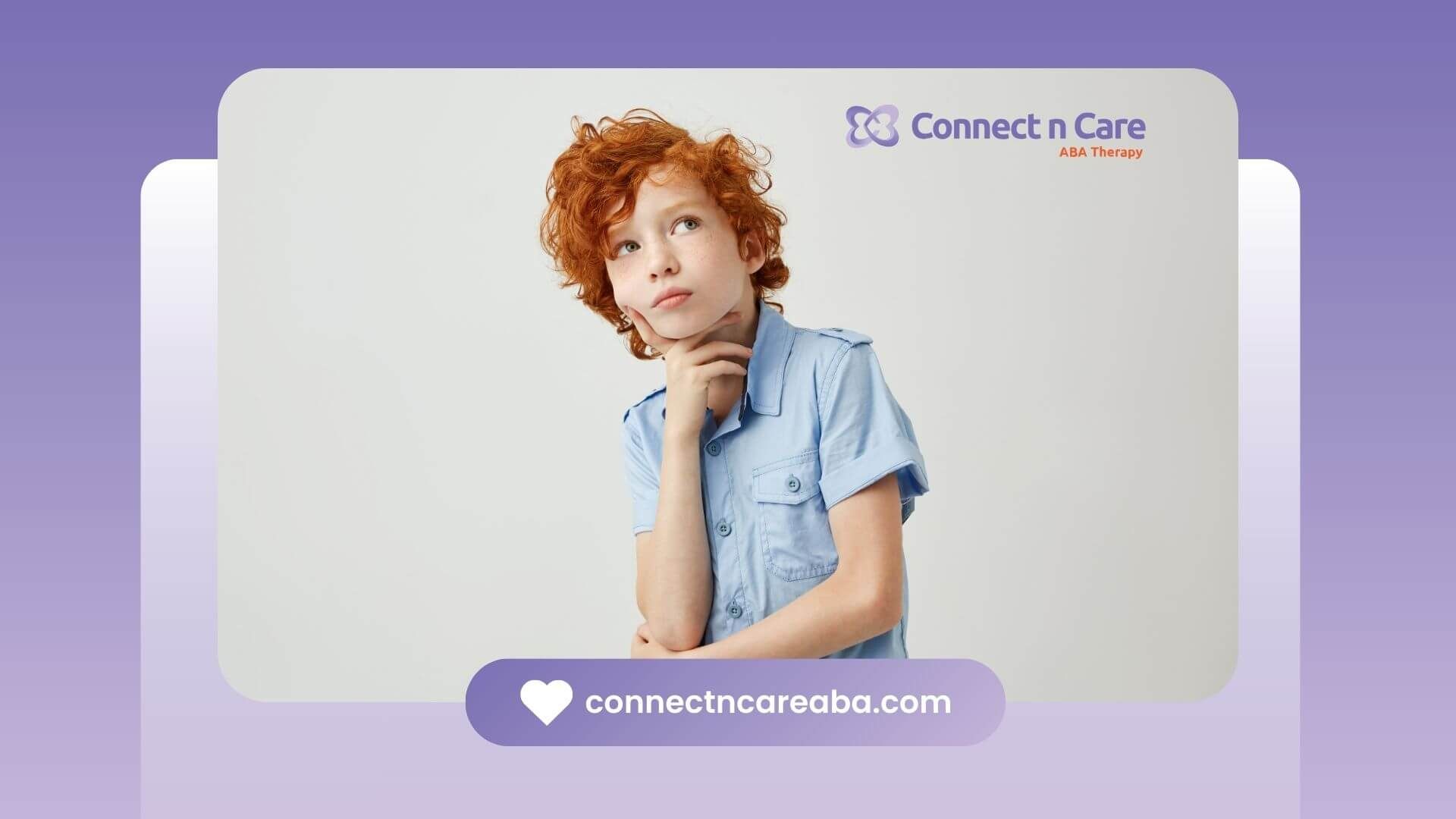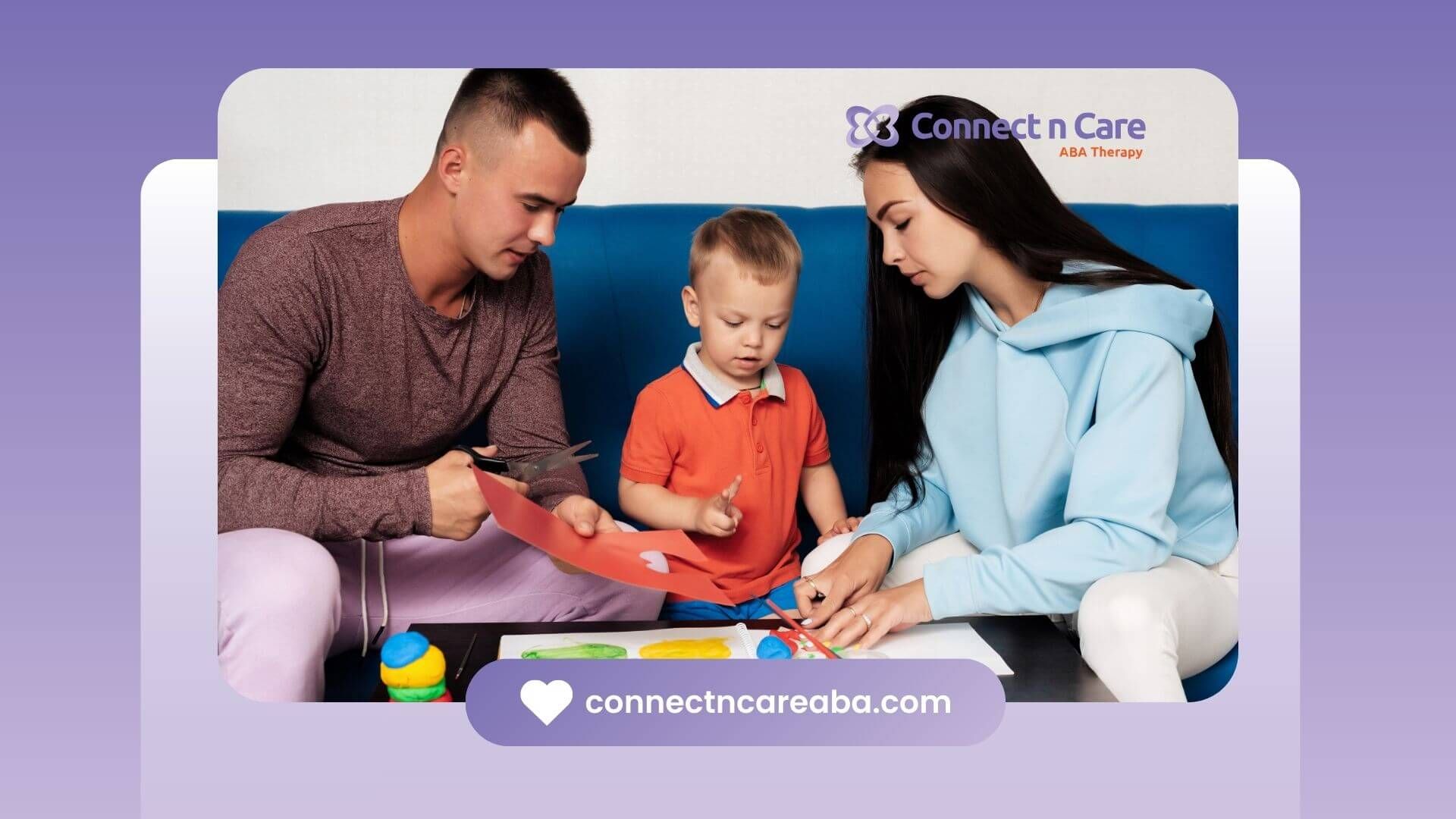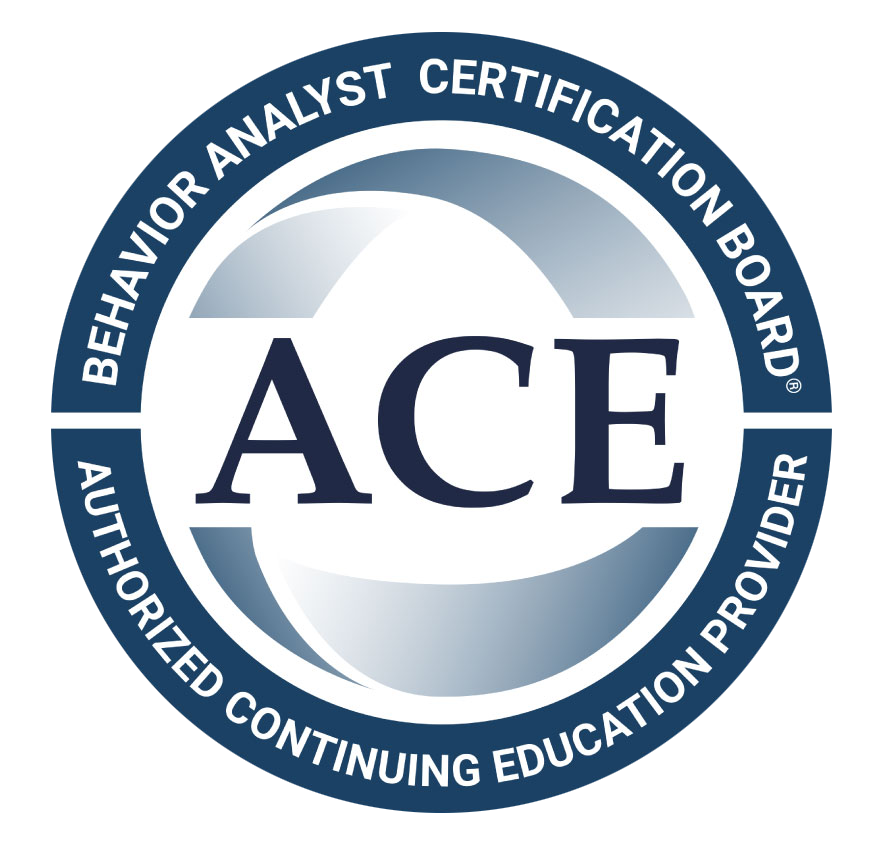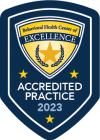Understanding Pediatric ABA Therapy
Finding effective autism support can feel overwhelming for families exploring pediatric Applied Behavior Analysis. When caregivers search for pediatric ABA therapy near me, they often seek clear guidance on what the approach involves and how it can help a child thrive. This article outlines the core concepts of pediatric ABA therapy, its proven benefits, and practical steps for locating high-quality providers in North Carolina.
Definition Of ABA Therapy
Applied Behavior Analysis, or ABA therapy, uses learning theory to reinforce positive behaviors and reduce challenging ones. Based on principles of reward and repetition, ABA breaks skills into small steps. A board certified behavior analyst (BCBA) then tailors a plan to a child’s strengths and needs. Research shows that more than 20 studies have documented gains in language, social skills, and daily living abilities with intensive, long-term ABA programs.
Role Of Board Certified Behavior Analysts
A BCBA designs and oversees each treatment plan, ensuring it aligns with evidence-based practices. Registered behavior technicians (RBTs) deliver direct therapy under BCBA supervision. This structure ensures consistency in teaching methods and progress tracking across home, school, or clinic settings.
Typical ABA Session Settings
ABA therapy can occur:
- In a clinic, where structured tasks and equipment support learning
- At home, to embed skills in daily routines
- In community environments, such as playgrounds or grocery stores, for real-world practice
Flexibility in location helps transfer learned behaviors into everyday life.
Key Benefits Of ABA Therapy
Parents and educators in North Carolina turn to pediatric ABA because it targets core developmental areas. The following benefits have strong empirical support.
Behavioral Improvements
ABA therapy reduces challenging behaviors by teaching alternative skills. Data collection on each session allows therapists to adapt strategies quickly. Over time, unwanted behaviors decrease while desired ones—like following instructions—become more frequent.
Communication And Social Skills
Structured teaching increases expressive language and social interaction. Studies indicate significant gains in communication when ABA is provided for more than 20 hours per week under age 4. Caregivers learn prompting techniques that support speech development and peer engagement.
Long-Term Development Gains
Early intervention with ABA can reduce long-term service needs. Research finds that intensive early programs often lead to greater independence in school and community settings. Children who start ABA therapy before age 4 may require fewer special services later in life.
Exploring ABA Techniques
ABA encompasses
multiple methodologies designed to match a child’s learning style and goals. Providers in North Carolina may offer one or more of these approaches.
| Technique | Description | Best For |
|---|---|---|
| Discrete Trial Training (DTT) | Structured, one-on-one teaching of single skills using repetition and rewards | Foundational skill acquisition |
| Pivotal Response Treatment (PRT) | Naturalistic, play-based teaching focusing on motivation and self-management | Encouraging communication and play |
| Early Start Denver Model (ESDM) | Developmental approach for very young children integrating play and routines | Toddlers needing broader developmental support |
| Naturalistic Teaching | Embeds learning in daily activities, like snack time or chores | Generalization of skills across settings |
Discrete Trial Training
In DTT, therapists present a clear prompt, wait for a response, then immediately reinforce correct answers. This cycle repeats until mastery. Data-driven adjustments ensure efficient progress.
Pivotal Response Treatment
PRT leverages a child’s interests to teach pivotal skills such as initiating communication. Therapists follow the child’s lead, reinforcing attempts to request or label.
Early Start Denver Model
ESDM blends ABA techniques with developmental relationship-based methods. Therapists engage toddlers in everyday routines to build cognitive, social, and language skills simultaneously.
Naturalistic Teaching Approaches
Also called incidental teaching, this style encourages learning during play or routine tasks. Therapists prompt a child to use target skills when natural opportunities arise.
Finding Nearby Therapy Providers
Locating a qualified pediatric ABA center involves more than a simple web search. Families in North Carolina should consider these factors.
Verifying Credentials
Ensure providers employ a BCBA for supervision and RBTs for direct service. State licensure and board certification confirm compliance with professional standards.
Evaluating Service Offerings
Compare program models—clinic-based, home-based, or hybrid. Look for centers offering comprehensive assessments, multidisciplinary collaboration, and family training options.
Considering Location Accessibility
Proximity to home or school reduces travel stress for families. Some providers also offer telehealth consultations or mobile teams for rural communities.
Reviewing Parent Feedback
Parent testimonials and third-party reviews can highlight strengths and potential gaps. Ask for references or connect with local support groups to gather firsthand experiences.
Review Insurance And Cost Options
ABA therapy costs can vary widely based on location, provider credentials, and weekly hours of service. Understanding pricing and coverage helps families plan effectively.
Hourly Rates And Weekly Hours
Hourly fees for ABA range from $120 to $250 without insurance. Children typically receive 10 to 40 hours per week depending on assessment results.
| Duration | Estimated Cost (No Insurance) |
|---|---|
| 10 hours/week | $1,200–$2,500 per week |
| 20 hours/week | $2,400–$5,000 per week |
| Monthly (20 hrs) | $4,800–$20,000 per month |
| Annual Estimate | $62,400–$249,600 per year |
Insurance Coverage Requirements
Many private insurers and Medicaid plans must cover ABA when prescribed as medically necessary for autism under age 21. Coverage details depend on the state of residence and specific policy. Families should verify benefits through their insurance provider and request pre-authorization for services.
Financial Aid Programs
Additional funding sources include:
- Flexible Spending Accounts (FSA) and Health Savings Accounts (HSA)
- State early intervention programs
- Nonprofit grants and scholarships
- Sliding-scale private pay discounts
Combining these options can reduce out-of-pocket expenses.
Preparing For Therapy Sessions
A smooth start to ABA therapy involves clear assessments, goal setting, and family engagement.
Initial Assessment Process
During an intake evaluation, the BCBA observes the child across settings and conducts standardized tests. This step identifies target behaviors and skill gaps.
Setting Treatment Goals
Therapists and families collaborate to establish measurable, realistic goals. Objectives may focus on communication, self-care, or reducing specific behaviors.
Engaging Parents And Caregivers
Training sessions teach caregivers prompting and reinforcement strategies. Consistent use of these techniques at home accelerates skill generalization.
Monitoring Progress And Goals
Ongoing data collection ensures that therapy remains aligned with a child’s evolving needs.
Tracking Data And Metrics
Therapists record session-by-session outcomes using charts or digital tools. This data highlights trends in skill acquisition and behavior change.
Adjusting Plans Based On Data
BCBAs review collected data at regular intervals to refine intervention strategies. If a method shows limited gains, the team may shift to alternative techniques or modify reinforcement schedules.
Conclusion
Pediatric ABA therapy offers evidence-based support for children with autism spectrum disorder, targeting behavior, communication, and daily living skills. By understanding core methodologies, evaluating provider credentials, and navigating insurance and cost considerations, families can find the right local program to help a child reach their full potential. Parents and educators in North Carolina are encouraged to schedule initial consultations with BCBAs, explore available financial aid, and engage actively in the treatment process to maximize long-term benefits.
At Connect n Care ABA, we’re committed to guiding families through every step of the pediatric ABA journey from initial assessment to everyday progress. Our personalized, play-based ABA programs in North Carolina help children develop essential life skills while building confidence and independence.
Ready to get started? Contact us today for a free consultation and let’s build a brighter path together.
Frequently Asked Questions
What age is best to start pediatric ABA therapy?
Early intervention is key—many children begin ABA therapy between ages 2 and 5, but support can be beneficial at any age depending on individual needs.
How many hours per week is typical for pediatric ABA therapy?
Most children start with 10–40 hours per week, depending on their goals and developmental needs. A BCBA will help design the right schedule for your child.
Does insurance cover pediatric ABA therapy in North Carolina?
Yes. Most major insurance plans in North Carolina cover ABA therapy for children with an autism diagnosis. Connect n Care ABA offers help with benefit verification and approvals.
SOURCES:
https://my.clevelandclinic.org/health/treatments/25197-applied-behavior-analysis
https://online.regiscollege.edu/blog/aba-therapy-examples/
https://pmc.ncbi.nlm.nih.gov/articles/PMC9458805/
https://beaminghealth.com/aba-therapy/charlotte-28202/all
https://www.autismparentingmagazine.com/aba-therapy-autism-cost/
https://www.healthline.com/health/aba-therapy#finding-a-therapist









